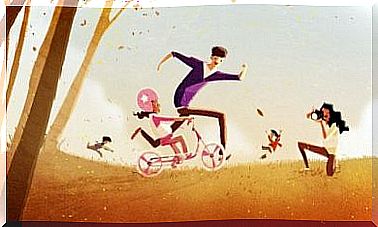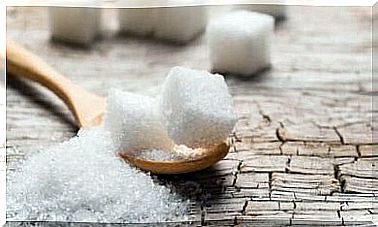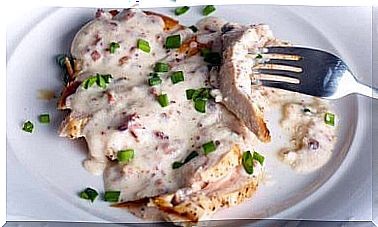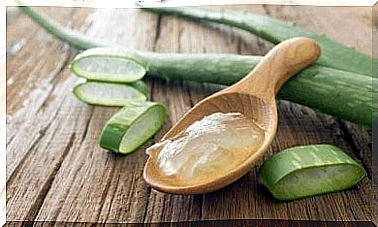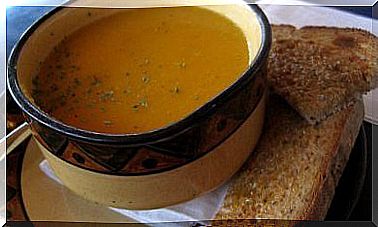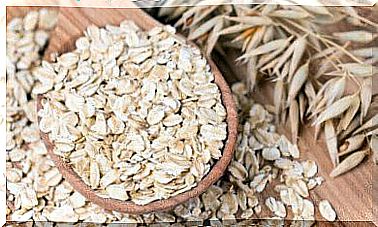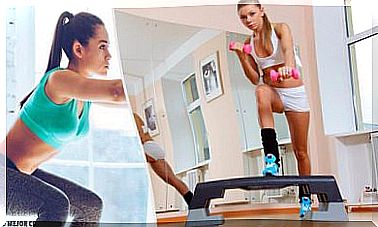How Do You Make Vegan Mayonnaise?
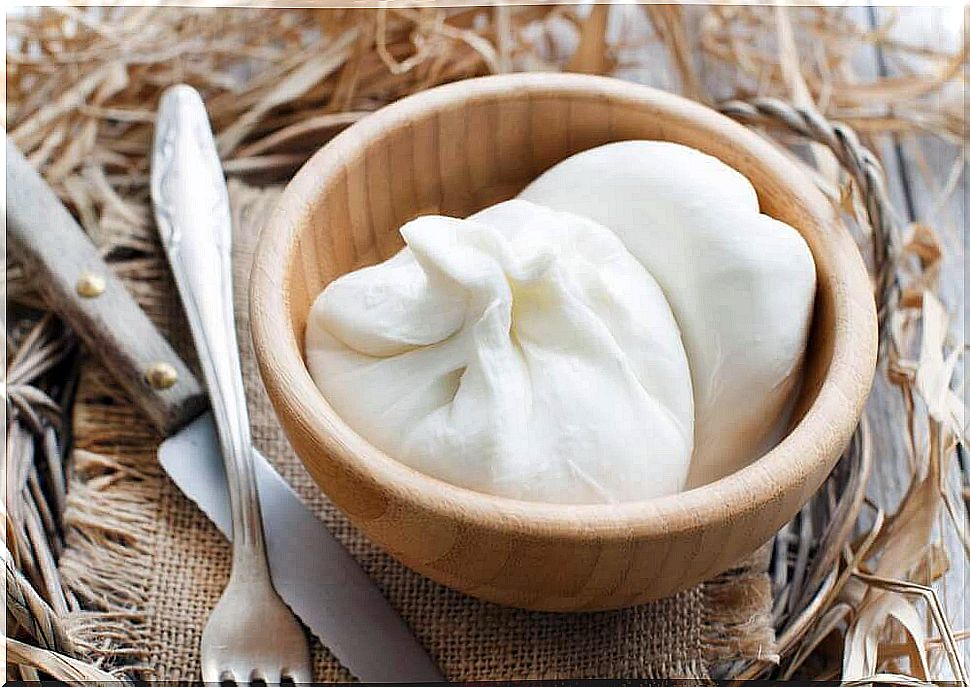
Vegan mayonnaise is an excellent choice for a dressing. This is not only due to its light structure. But it also has great nutritional value. Plus, it won’t raise your bad cholesterol (LDL) or cause weight gain.
Regular mayonnaise plays a role in many different recipes. For example, we eat it with fried chicken wings or baked potatoes. But it can also add a slightly salty taste to a dish.
But in addition to normal mayonnaise, it is also possible to make other dressings. Plus, there’s this recipe for a really delicious vegan mayonnaise!
The origin of mayonnaise
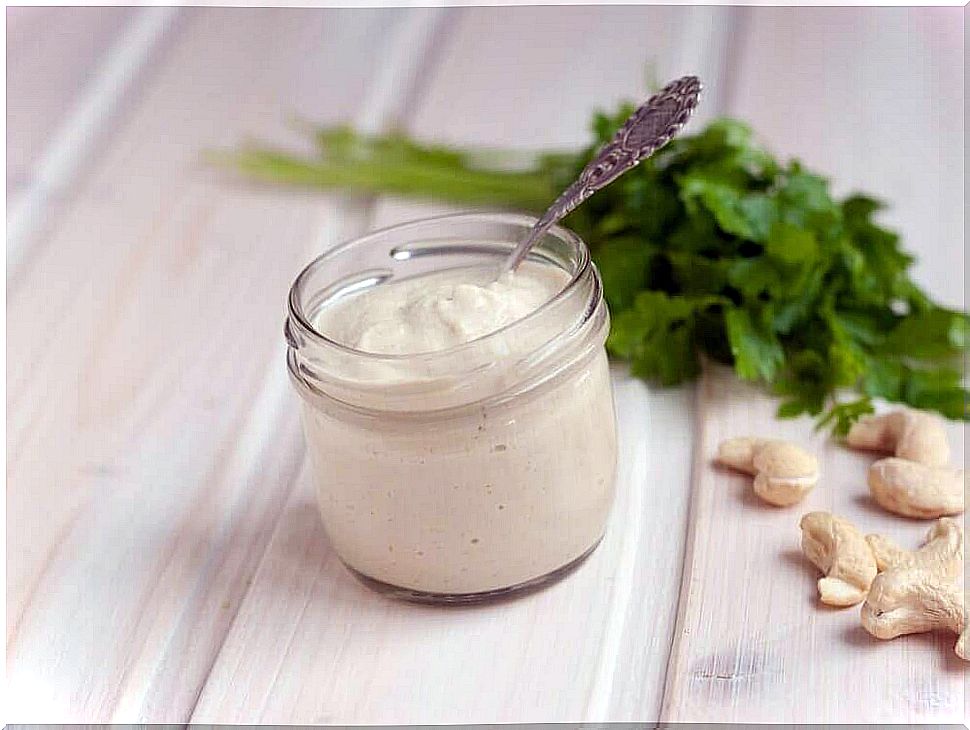
They say that mayonnaise originated on the island of Menorca and specifically from the city of Mahon. This is where the name supposedly comes from: mahonesa.
In any case, it is believed that this emulsion dates from about the middle of the nineteenth century. Since then, it has been regularly used as a side dish in various dishes to a greater or lesser extent.
An emulsion?
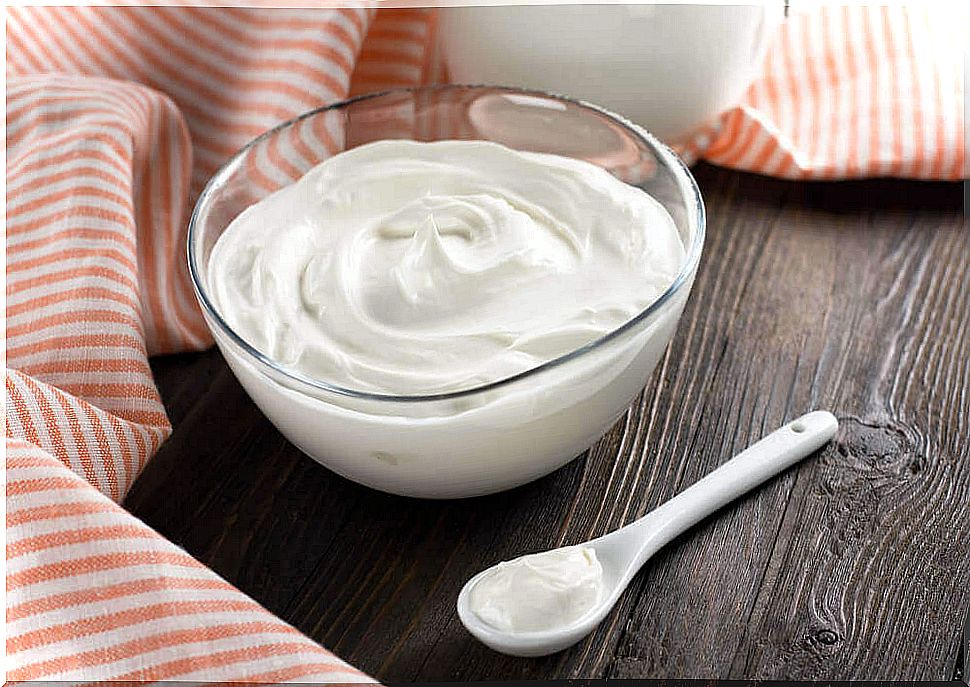
Yes, mayonnaise is an emulsion. Emulsions are uniform and stable mixtures of two liquids. This means that one of the two liquids spreads into the other in small droplets. This is how it gets its stable structure.
Mayonnaise is thus an emulsion created by the dispersion of oil in an aqueous liquid. This effect occurs because the egg yolk contains an emulsifying factor called lecithin.
The lecithin in the egg yolk surrounds the tiny droplets of oil that separate when you whisk them. In this way, the lecithin allows the oil to rebind. But how can you make a vegan mayonnaise if it contains eggs?
Veganism and mayonnaise

Veganism is a philosophy based on respect for the life of the animals. For that reason, vegans do not eat any animal product or products derived from animals. So which foods are prohibited? Meat, fish, shellfish, milk, eggs, honey and other products derived from animals.
For that reason, vegans also don’t eat certain other foods, such as mayonnaise. Instead of these products, they take the existing recipe and replace the ingredients with vegetable products.
How do you make vegan mayonnaise?
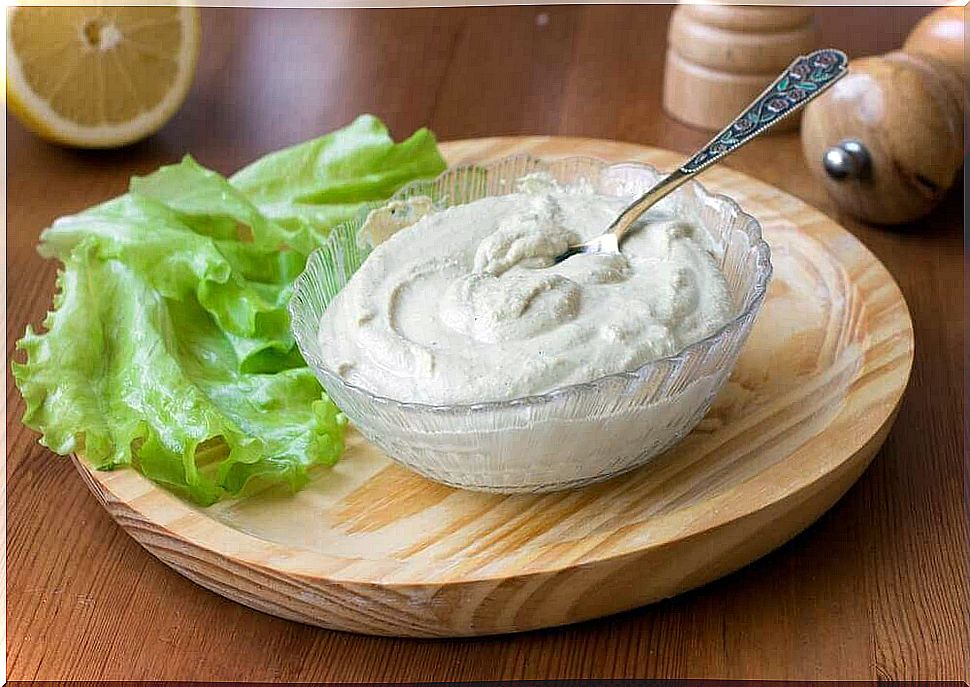
Making vegan mayonnaise is not very different from making traditional mayonnaise. And as often happens with classic recipes, it can even taste better.
To make vegan mayonnaise you need the following basic ingredients : vegetable oil along with another kind of vegetable milk. Therefore, a little salt and lemon will be a good addition.
It is important that you ensure that all ingredients are at room temperature. Because this recipe probably won’t work if the oil is at room temperature and the soy milk is cold.
Ingredients
- a pinch of salt
- a few drops of lemon (at least 3 ml)
- 1/4 cup plant-based milk (preferably soy milk)
- 1/2 cup vegetable, olive or sunflower oil (about 180 – 190 g)
Preparation
- Pour the plant-based milk and lemon drops into a blender.
- Then mix all ingredients.
- Set the blender to a lower speed and gradually add the oil.
- Eventually the mixture will get the desired consistency. Once this happens, add a pinch of salt.
- The best way to serve it is in a glass jar. Use it within three days.
This is the basic vegan mayonnaise recipe. But you can add other ingredients and vary it a bit. This will depend on the other side dishes. For example, you can make a more flavorful mayonnaise by adding a little garlic or some coriander or parsley.
But you can also use oil that has already been given an extra aroma by means of an infusion process. That way you can create new flavors that you can then add to your final dish. As you can see, mayonnaise is a very useful dressing. And the vegan version is no exception.

